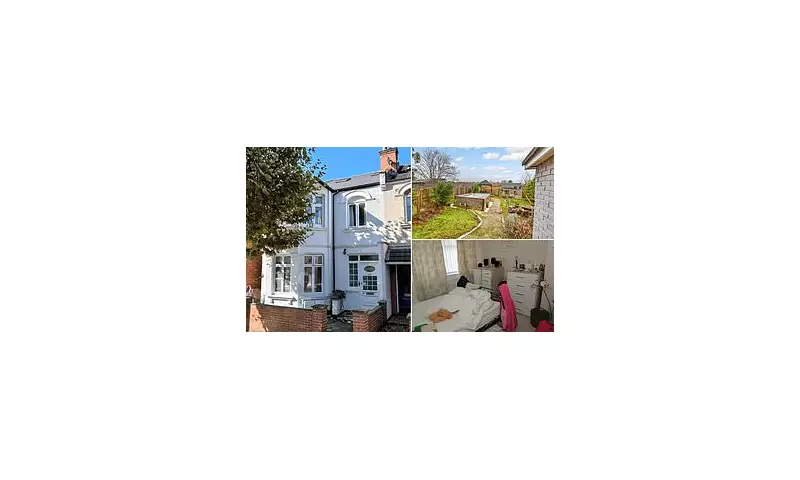
The homes that once harboured Britain's most depraved criminals have long held a macabre fascination for the public, standing as silent, bricks-and-mortar witnesses to unspeakable atrocities. A chilling investigation reveals the startling afterlives of these notorious properties, from demolition and rebirth to grim trophy status.
The Value of Notoriety: From Desirable to Untouchable
Estate agents operate in the shadowy world of 'stigmatised property,' where a dark history can eviscerate market value by over 25%. While some buyers see a bargain, many are driven by a perverse curiosity, creating a complex and often grim real estate submarket.
Addresses of Infamy: A Grisly Tour
25 Cromwell Street, Gloucester - The 'House of Horrors'
The most infamous address in British criminal history. The home of Fred and Rose West, where the remains of nine young women were discovered, was systematically demolished in 1996. The site is now a discreet pedestrian walkway, a silent and sombre memorial to the victims.
23 Cranley Gardens, Muswell Hill - Dennis Nilsen's Flat
Where the 'Kindly Killer' Dennis Nilsen dissected his victims. The top-floor maisonette, now renumbered, has been extensively renovated and sold multiple times, its horrific past physically erased but forever etched in true crime lore.
Wardle Brook Avenue, Manchester - Ian Brady and Myra Hindley's Terrace
This unassuming terrace was the planning headquarters for the Moors Murders. Demolished in the 1980s, the land lay empty for years, a barren patch locals avoided. New homes now stand on the site, their owners often unaware of the land's terrible legacy.
10 Rillington Place - John Christie's Killing Ground
Perhaps the prototype for the killer's house, this London terrace was the scene of at least eight murders by John Reginald Christie. The entire street was renamed and later demolished in the 1970s, replaced by a new housing development in a drastic attempt to sever ties with the past.
The Morality of Memory vs Moving On
A fierce debate surrounds these properties: should they be preserved as dark tourist sites or erased to allow communities to heal? Demolition is often chosen as the only way to prevent ghoulish pilgrimage and allow the area to move forward, yet it also risks sanitising history.
These structures exist in a haunting limbo. They are both family homes and eternal crime scenes, their very foundations seemingly stained by the evil they contained. Their stories force a uncomfortable confrontation with the past, challenging the very concept of 'home' as a place of safety.





